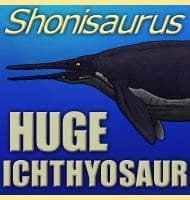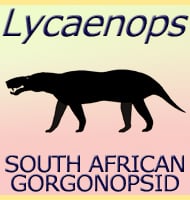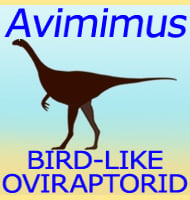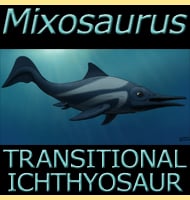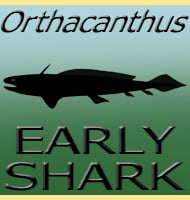In Depth
Megalolamna is a genus of shark that lived during the Miocene period. So far only teeth of this shark have been found, but these are known from as far apart as Japan to Peru and even the states of California and North Carolina in the USA. These locations tell us that Megalolamna was not only active in the Pacific Ocean, but also frequented the Atlantic as well. This makes even more sense when you realise that during the Miocene, there was actually a seaway that separated the continents of North and South America, allowing a convenient passage for marine animals travelling between the two oceans.
Study of the teeth and reconstructions of the jaw indicate that Megalolamna could realistically grow to lengths of about four meters. By comparison the largest predatory shark alive today, the famous great white (Carcharodon carcharias), is known to often exceed six meters in length. With that said a large Megalolamna would still be big enough to be dangerous to a person swimming, though Megalolamna would have been a metaphorical minnow when compared to the truly giant sharks of the Miocene such as the infamous C. megalodon.
Further Reading
- A new elusive otodontid shark (Lamniformes: Otodontidae) from the lower Miocene, and comments on the taxonomy of otodontid genera, including the ‘megatoothed’ clade. - Historical Biology: 1–11. - K. Shimada, R. E. Chandler, O. L. T. Lam, T. Tanaka & D. J. Ward - 2016.

